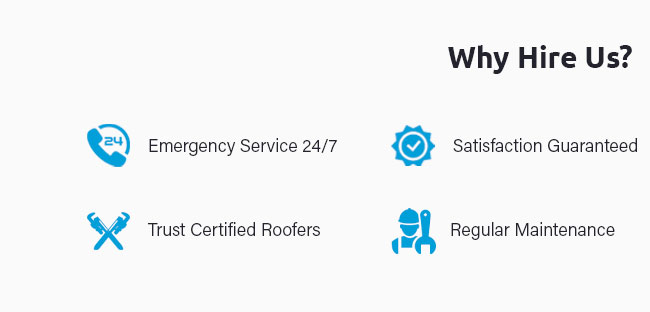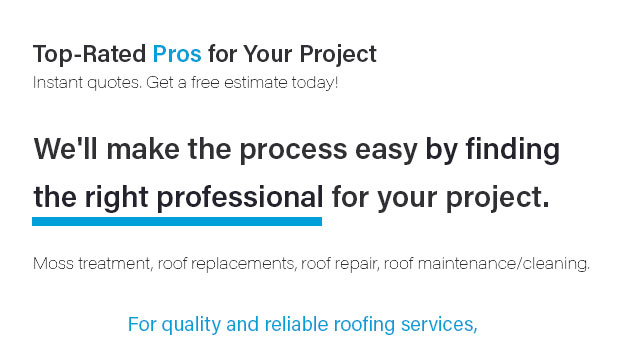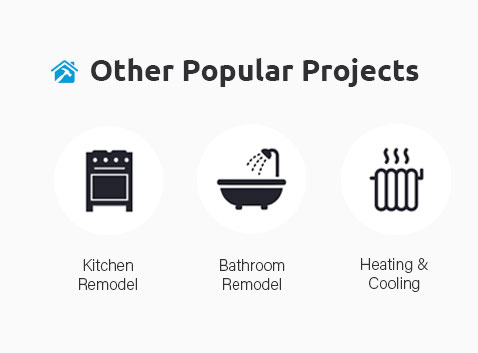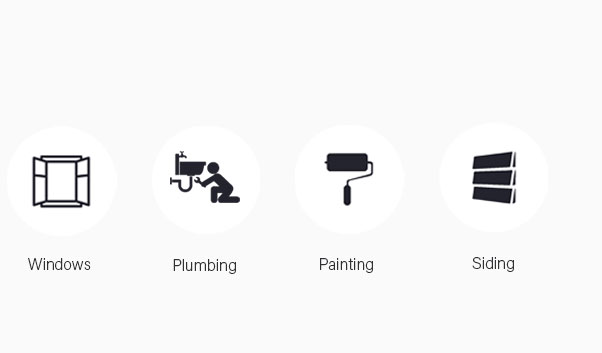 |
|
||||||
|
 |
|||||||||
 |
 |
 |
 |
 |
 |
 |
 |
 |
|
|
 |
 |
 |
 |
|
7iwzjxsb5 Understanding Roof Storm Damage Repair: Essential Insights and SolutionsStorms can wreak havoc on your roof, leaving behind damage that requires immediate attention. Understanding how to assess and repair this damage is crucial to maintaining the integrity of your home. This article delves into the steps and considerations involved in roof storm damage repair. Identifying Storm DamageAfter a storm, it's important to inspect your roof for any signs of damage. Early identification can prevent further deterioration and costly repairs. Common Types of Storm Damage
Steps for Roof Storm Damage RepairRepairing storm damage involves several key steps, each essential for ensuring a durable and effective solution. Assessment and DocumentationStart by thoroughly assessing the damage. Document everything with photographs to assist with insurance claims. Temporary RepairsBefore permanent repairs, implement temporary solutions like tarping to prevent further damage. This is a crucial step while waiting for professional help. Engaging Professional Repair ServicesFor complex repairs, hiring a professional is recommended. Experts can efficiently address issues like roof vent pipe flashing repair, ensuring a comprehensive restoration. Cost ConsiderationsUnderstanding the costs associated with roof storm damage repair helps in budgeting and financial planning. Factors Influencing Repair Costs
Preventive MeasuresWhile it's not always possible to avoid storm damage, certain preventive measures can minimize risks. Regular MaintenanceRegular inspections and maintenance can help identify weak spots before a storm hits. Quality MaterialsInvesting in high-quality roofing materials can enhance resilience against severe weather. For example, if you need to replace a metal shed roof, opting for durable materials can extend its lifespan. FAQ
In conclusion, addressing roof storm damage promptly and effectively is key to preserving your home's safety and value. By understanding the process and engaging professional services when needed, you can ensure a comprehensive repair that stands the test of time. https://www.billraganroofing.com/blog/what-should-do-roof-storm-damage
Most homeowners insurance policies cover roof damage caused by extreme weather or a storm event. For roofing, this includes damages caused by ... https://www.angi.com/articles/tips-assess-and-repair-roof-storm-damage.htm
Most roof repairs cost between $400 and $1,900, or $1,140 on average. Ask for referrals from families and friends for companies they trust, and ... https://www.owenscorning.com/en-us/roofing/blog/roof-storm-damage-checklist
Hire a Dependable, Trusted Roofing Contractor - Assess your damage with a professional eye - Provide an estimate on repair costs - Replace or repair your roof ...
|







